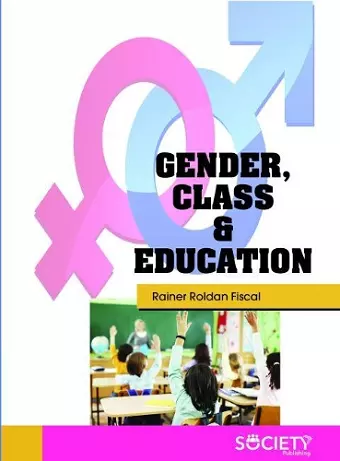Gender, Class & Education
Format:Hardback
Publisher:Arcler Education Inc
Published:30th Jan '18
Should be back in stock very soon

This is a book that considers the issues of gender, class and education within the political science arena. The book is divided into ten chapters that thematically explore the current issues that are pertinent to these questions. This is a brief outline of the respective chapters in order to give you an overview of what the book has to offer: a) Chapter 1: The first chapter introduces the reader to the issues of gender as conceived in an educational context. It describes how academia eventually transitioned from a women’s studies’ focus to one of gender studies. The chapter discusses the supply-demand gaps as they relate to women academicians. It also examines gender as a scene of and subject of power. A discussion on gender mainstreaming leads to a review of the extent to which patriarchy still rules the world today. b) Chapter 2: In this chapter, the readers are introduced to the feminist perspective. The chapter explains the roles and responsibilities that are assigned by gender. It also examines the conceptualization of male heterosexual privilege. This leads to a discussion about gender-based discrimination as well as the objectification of minority genders. The chapter concludes with a discussion about stereotyping and oppressive paradigms. c) Chapter 3: This chapter examines some disparities that are linked to gender issues. It examines the problems of limited access to otherwise universally available services. The chapter examines the availability of educational pathways as well as the impact of violence against women. It concludes with a review of the decision-making process and its gender sensitivities. d) Chapter 4: In this chapter we consider the conflict perspective and the additions that it brings to the debate. The chapter explores the themes of dominance and subordination. It also speaks of the systemic exploitation that underpins gender issues. A discussion of genders as part of the proletariat follows. The chapter concludes with a discussion of the possibility of amalgamating gender and class struggles. e) Chapter 5: This chapter is taken up by a discussion of the political science education as it stands today and the possibilities of reforming it for the better. The chapter begins with a comparative analysis of concentrated and dispersed interests. It then talks about disparities in funding for higher education and...
ISBN: 9781773613222
Dimensions: unknown
Weight: unknown
275 pages